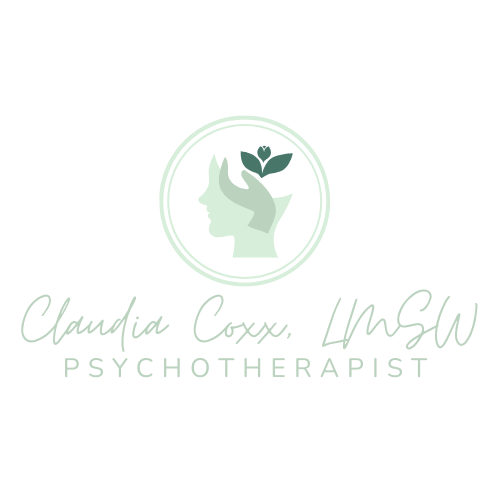Finding Calm Without Meditation: Practical Methods to Manage Stress and Anxiety
When it comes to managing stress and anxiety, meditation is often the first tool people recommend. While meditation can be powerful, it isn’t everyone’s cup of tea. Some people struggle to sit still, focus on their breath, or find it frustrating rather than calming. The good news? There are many other effective ways to relax and regain balance without ever needing to close your eyes on a cushion.
Below are some tried-and-true methods to help reduce stress and manage anxiety when meditation just isn’t your thing.
1. Movement That Feels Good
Exercise is one of the most powerful ways to ease tension in the body and release endorphins, but it doesn’t have to mean a high-intensity workout. The key is to choose movement that feels enjoyable:
Walking outside – especially in nature – calms the nervous system.
Gentle stretching or yoga can reduce muscle tension.
Dancing in your living room to your favorite playlist can bring joy while releasing stress.
The goal isn’t performance—it’s connection to your body.
2. Creative Expression
Engaging in creativity gives your mind a break from worry while offering a healthy outlet for emotions.
Drawing, painting, or coloring can be soothing and meditative in their own way.
Writing in a journal, freewriting, or poetry allows you to release bottled-up feelings.
Playing or listening to music helps regulate emotions and lower stress hormones.
Even if you don’t consider yourself “artistic,” creative play can be a powerful stress reliever.
3. Sensory Grounding
When anxiety takes over, the body often goes into fight-or-flight mode. Activating your senses can pull you back to the present. Try:
Wrapping yourself in a weighted blanket.
Drinking a cup of herbal tea and focusing on its warmth and flavor.
Using essential oils or scented lotions to trigger calm through smell.
The 5-4-3-2-1 technique: identify 5 things you see, 4 you feel, 3 you hear, 2 you smell, and 1 you taste.
These techniques help calm racing thoughts and anchor you in the here and now.
4. Breathing Without “Meditating”
Even if meditation isn’t your style, breathing techniques can still work wonders. They don’t require stillness for long periods—just a few intentional breaths can shift your nervous system. Try:
Box breathing (inhale for 4, hold 4, exhale 4, hold 4). Pursing your lips together as though you’re exhaling through a straw helps to control the breath.
Extended exhale breathing (inhale for 4, exhale for 6–8).
Sighing with relief—a natural reset for the body.
Think of these as quick resets rather than formal practices.
5. Connection and Laughter
Spending time with people who uplift you is one of the fastest ways to reduce stress. Call a friend, share a meal with loved ones, or watch a show that makes you laugh. Social connection naturally lowers stress hormones and increases oxytocin, the bonding hormone that promotes feelings of safety and calm.
6. Engaging the Mind
Sometimes relaxation comes not from quiet but from gentle mental engagement. Activities that focus your mind can redirect anxious energy:
Reading a good book
Doing puzzles or crosswords
Gardening
Cooking a new recipe
These tasks are immersive and grounding, helping break the cycle of anxious rumination.
7. Rest and Ritual
Simple, nurturing rituals can create a sense of comfort and predictability:
Taking a warm bath or shower at night.
Creating a bedtime routine with calming activities like dimming lights and reading.
Setting aside “tech-free” time in the evening.
These rituals signal to your body and brain that it’s safe to slow down.
Final Thoughts
You don’t need to be a meditator to manage stress and anxiety effectively. What matters most is finding methods that fit your personality and lifestyle. By exploring different practices—whether through movement, creativity, connection, or sensory grounding—you can build your own toolbox of calming strategies.
Stress is inevitable, but feeling powerless in the face of it doesn’t have to be. There are many ways to relax, recharge, and find peace—no meditation cushion required.
